There has always been a strong influence of Broadway on the film industry, and not just because there is a shared interest in the development of performing arts. Broadway birthed many iconic stories, characters, and moments that were adapted to the big screen, as much of the “Golden Age of Hollywood” was made up of musical theater. Not every musical adaptation is necessarily successful; for every rousing success like West Side Story or Chicago, there is a colossal failure like Cats or Dear Evan Hansen. However, the classical musical My Fair Lady showed how to translate a stage success and managed to somehow become just as significant of a phenomenon as the stage show that had inspired it.
What Is ‘My Fair Lady’ About?
My Fair Lady first hit Broadway in 1956 and became a massive success, winning several Tony Awards, including Best Musical. Rex Harrison starred in the role of Professor Henry Higgins, a highly intelligent linguistics expert who decides to help transform the streetwise flower girl Eliza Dolittle into a respectable lady. The original Broadway production had starred Julie Andrews, but when Jack Warner acquired the rights to an adaptation, he grew concerned that she would not be a big enough draw to inspire an audience to come out and support what would be one of Warner Brothers’ most expensive movies to date. It was decided that Audrey Hepburn would play Eliza and that Marni Nixon would dub over her voice during the musical numbers. Ironically, Warner could not anticipate that Andrews would become a massive star the same year when she appeared in Walt Disney’s musical Mary Poppins and that she would actually beat Hepburn to win the Academy Award for Best Actress.
Much of My Fair Lady’s success was due to its loyalty to the Broadway show. Although there have been countless musicals that were cut down in length in order to appeal to a broader audience, My Fair Lady retained a vast majority of the musical numbers from the stage show with little deviation from the initial sequencing. Some aspects deemed to be somewhat antiquated at the time, such as an opening overture and intermission, were also included to fully represent the experience of attending a stage show. This is perhaps why My Fair Lady became one of the most widely recognized blockbusters of its time; since only a select portion of the audience had been able to experience the original stage show on Broadway (given how expensive the premiere New York theater can be), seeing a faithful adaptation was the next best thing.
‘My Fair Lady’ Was a Successful Broadway Adaptation
My Fair Lady was unabashedly sincere and heartwarming and managed to add a layer of nuance to what seemed to be a fairly straightforward story. While theater acting requires different qualities compared to film performances, Harrison was able to adjust his characterization of Higgins in order to ensure that he did not feel like a caricature; despite the many parodies of his performance that have been generated in the years since there’s not a moment in which Harrison does not feel entirely earnest.
Hepburn’s voice could obviously not compare to Andrews’, but she did retain the wide-eyed innocence and snarky sense of humor that made Eliza such an entertaining protagonist. It also helped that the film ended on an uplifting note; while the original play Pygmalion (on which My Fair Lady is loosely based) ends with Eliza leaving Higgins, she returns to him in the film, allowing Harrison to deliver the now iconic line: "Eliza, where the devil are my slippers?"
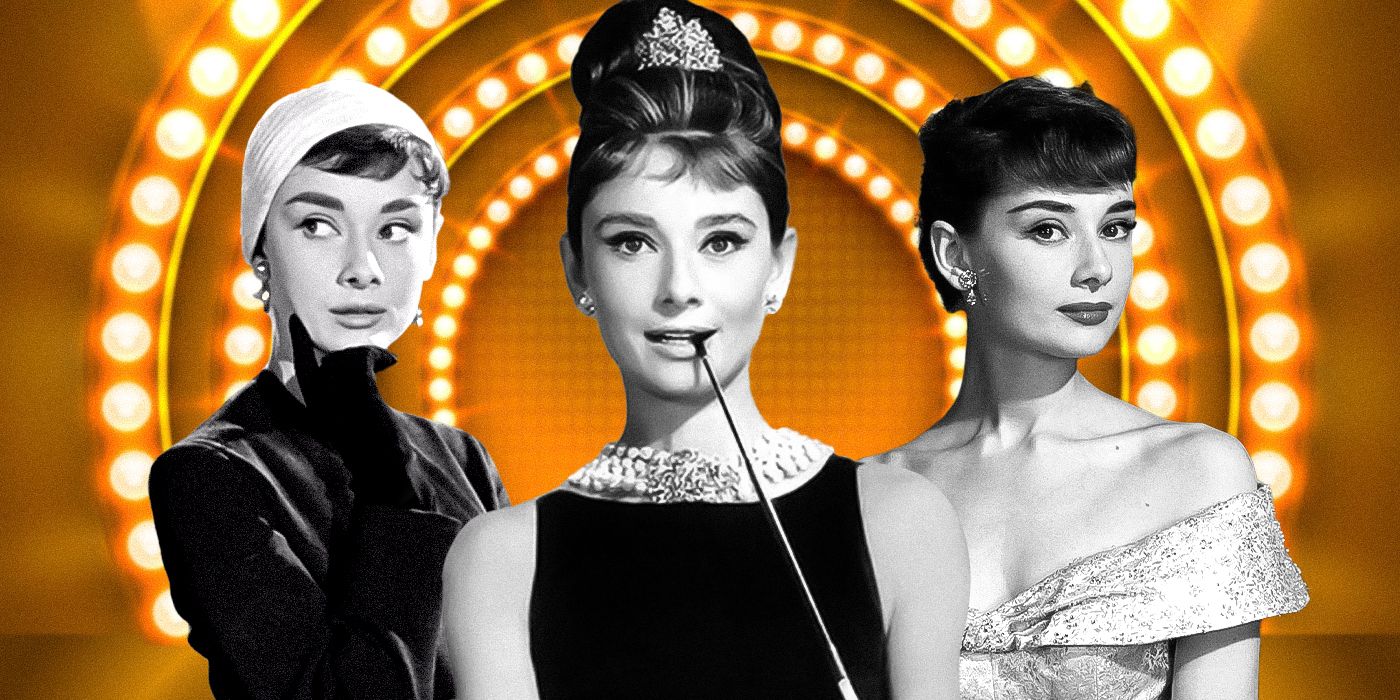
Related
Audrey Hepburn’s Top 10 Performances, Ranked
The image of Audrey Hepburn remains iconic, but there's so much more to her performances than just being on a movie poster.
My Fair Lady was awarded with eight Academy Awards, including Best Picture, and immediately sparked a newfound enthusiasm for musical adaptations. The following year saw the release of The Sound of Music (starring Hepburn’s "rival" Andrews), another Best Picture winner featuring an overture, intermission, and joyous ending. My Fair Lady may seem quaint on a production level compared to the musicals that it inspired, but the relatively minimalistic background details are a solid representation of the sets that would have been seen on a stage level. Six decades after its original release, My Fair Lady still offers a window into the joy that Broadway can provide.
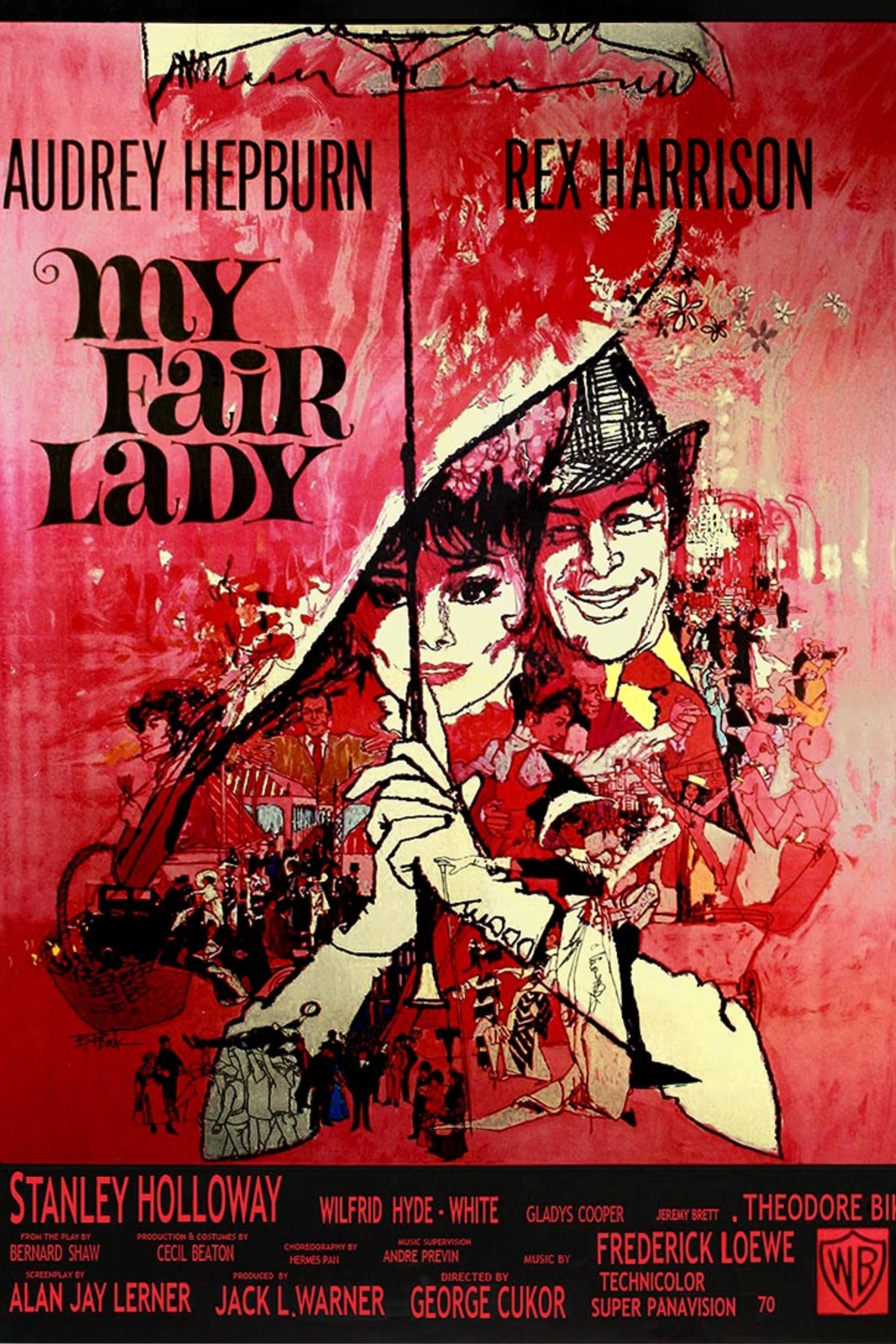
Your changes have been saved
In 1910s London, snobbish phonetics professor Henry Higgins agrees to a wager that he can make crude flower girl Eliza Doolittle presentable in high society.
Release Date December 25, 1964
Director George Cukor
Runtime 170 Minutes
My Fair Lady is available to rent on Prime Video in the U.S.

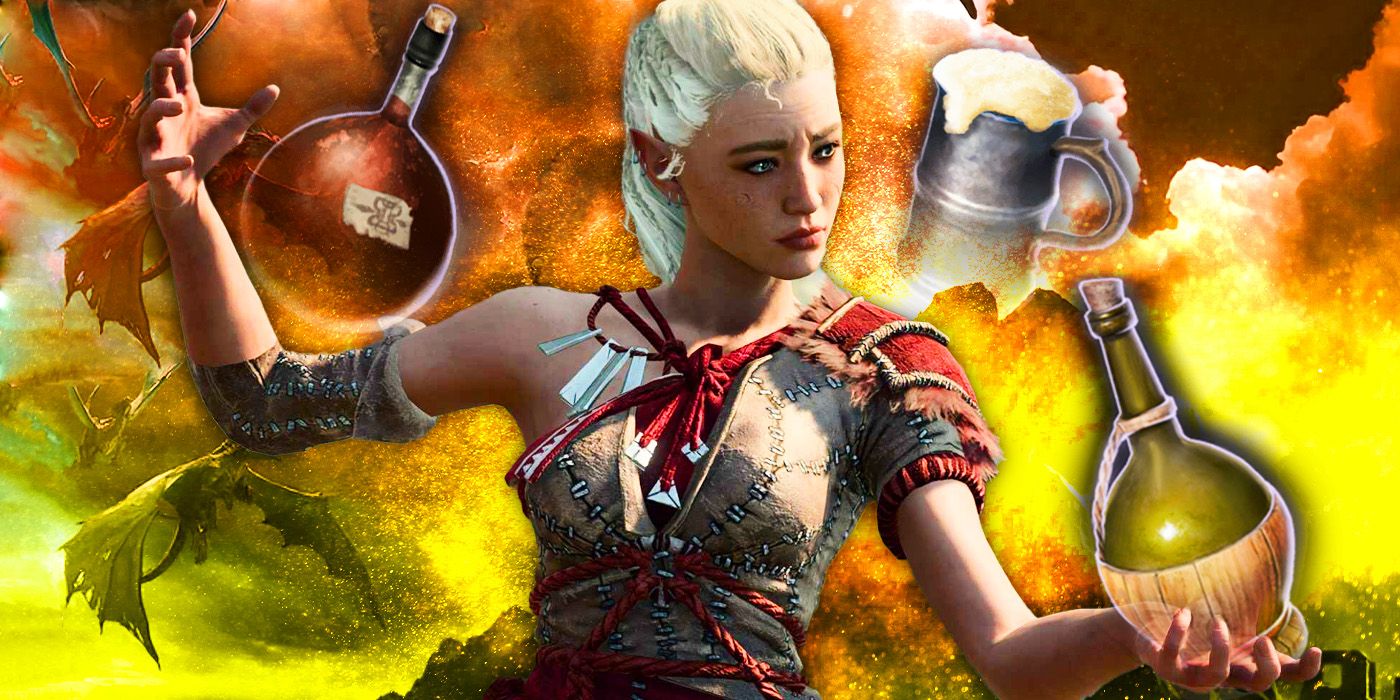
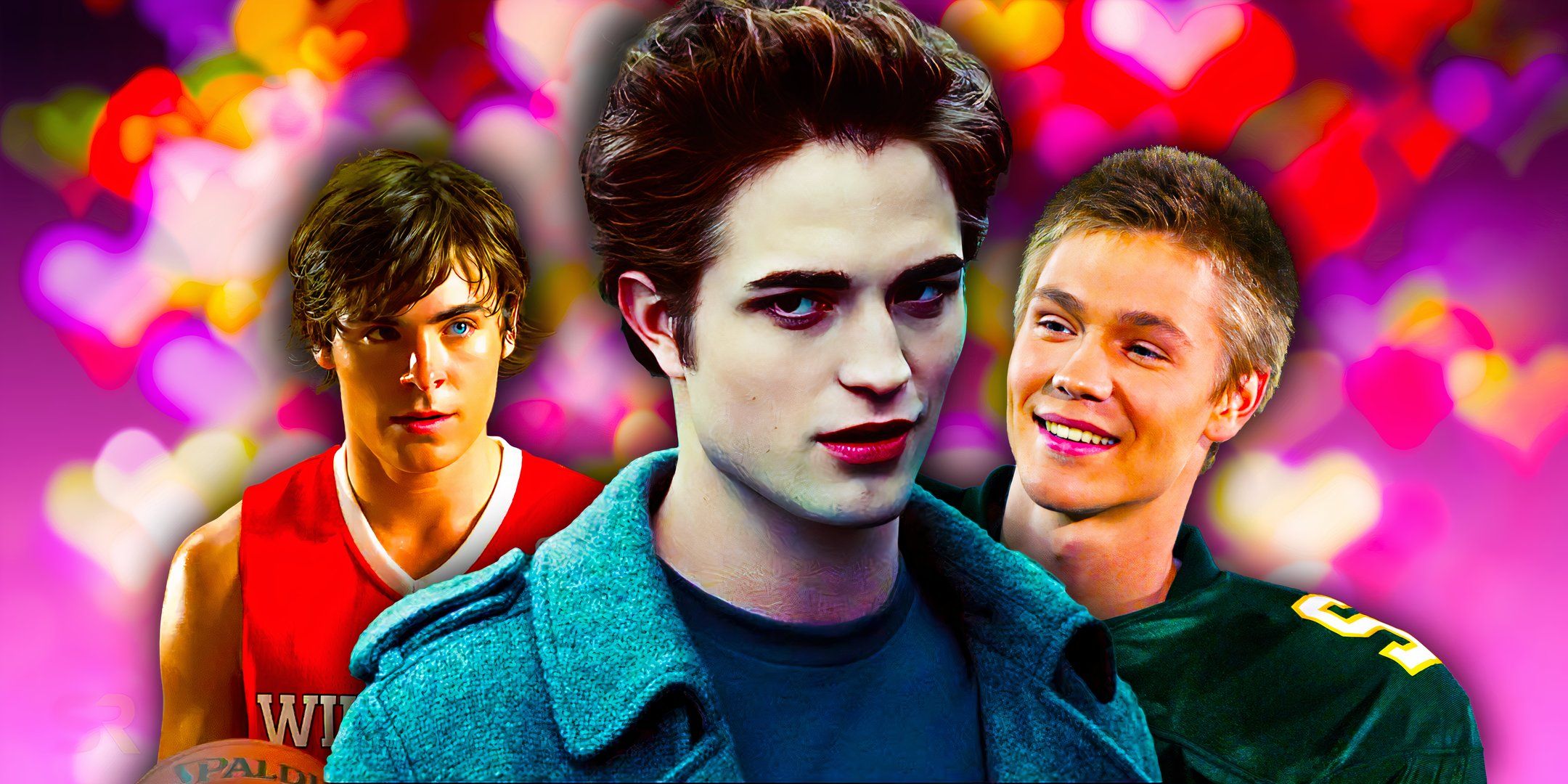
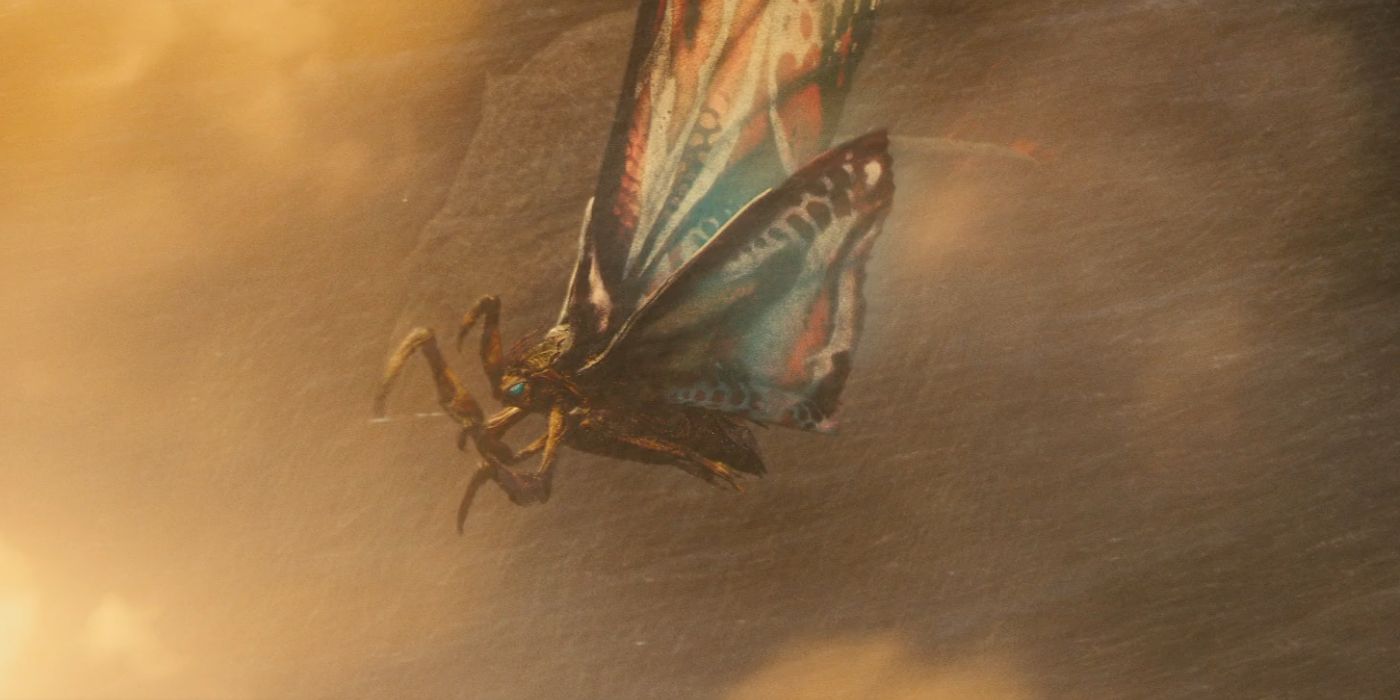


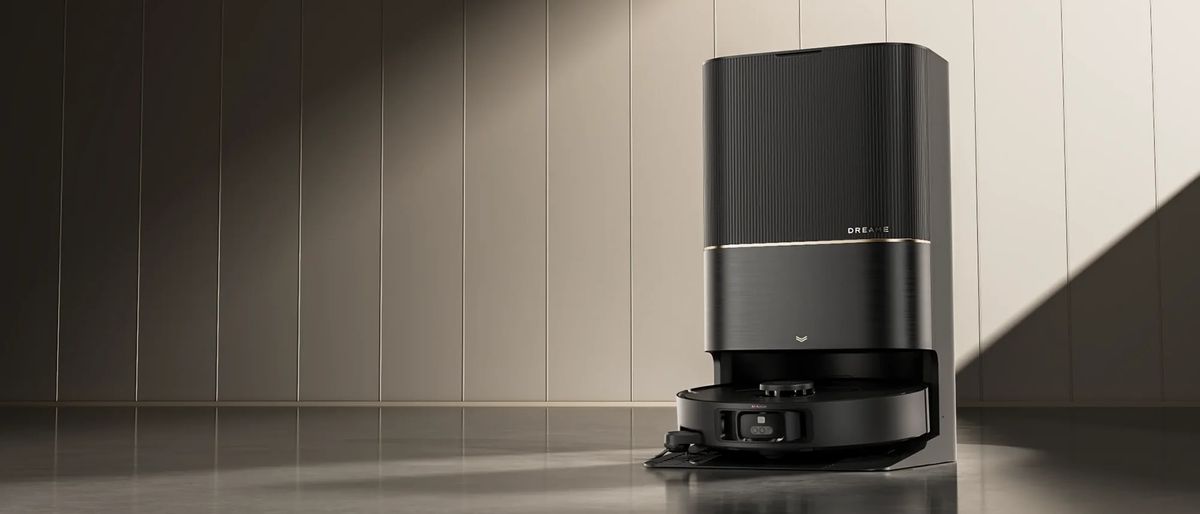


 English (US) ·
English (US) ·